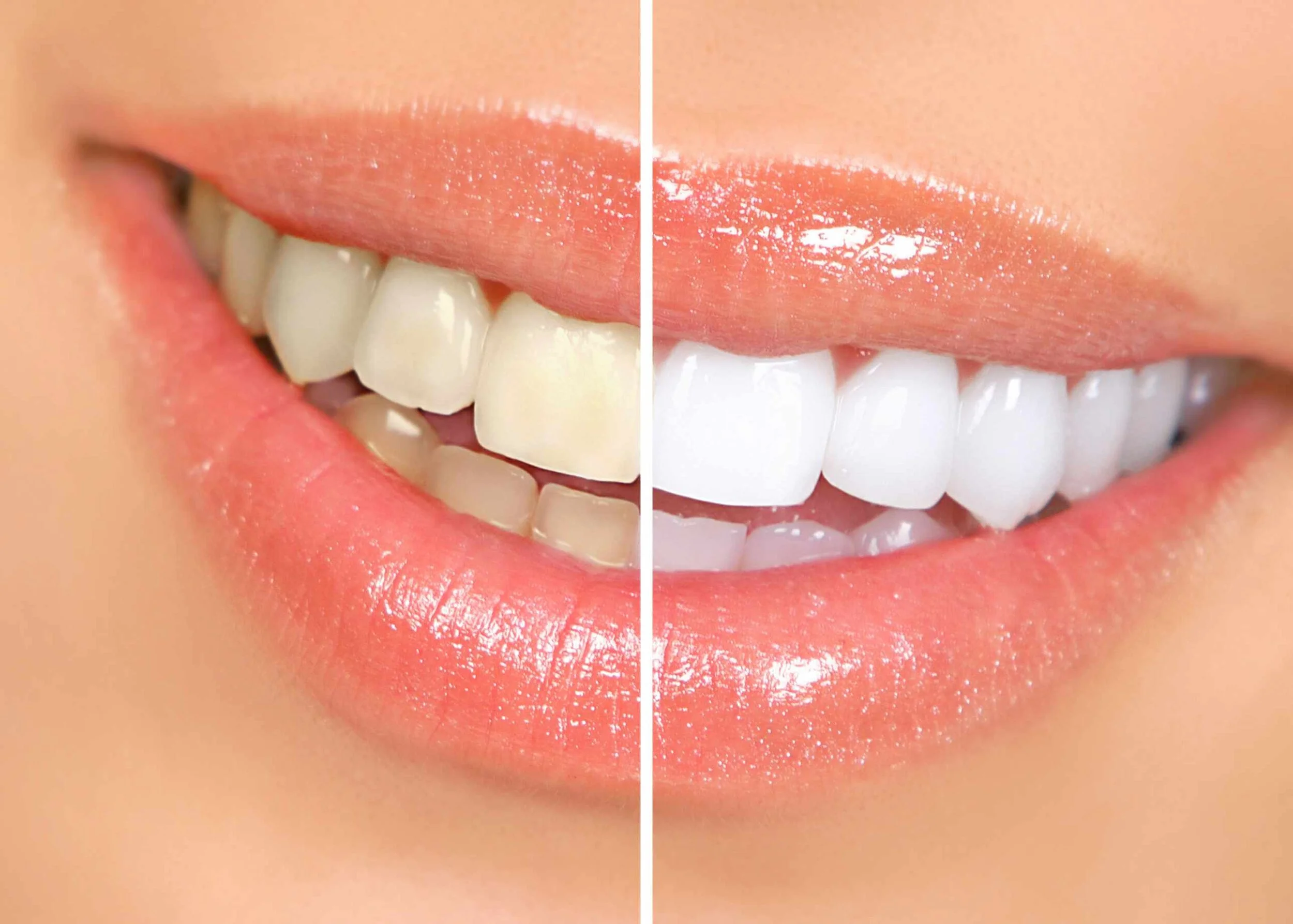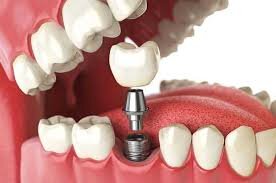dental fillings
Chances are that you may need to get a filling / restoration at some point in your life because of cavities or tooth fracture/ cracks/ chip. Sometimes you may need to get your old dark fillings replaced to prevent tooth damage and remove black discolouration. At Summit Dental Clinic, we only use mercury- free and BPA- free tooth coloured composite resin materials to treat small to mid-sized cavities. Composite resins are high quality ceramic materials with high strength and durability as well as beautiful natural aesthetics. They can not only be used to treat cavities on posterior teeth but also help in anterior teeth makeovers to give you a symmetric and brighter smile. For more information call us at 99869 47722 / 080 2334 0207/ summitdentalclinic@gmail.com
1. How are cavities diagnosed and treated?
- Once a cavity has been suspected/ discovered, the first step is to evaluate the extent of the decay. This is done through detailed clinical examination and digital X-rays (if required). The next step is to carefully and thoroughly remove only the decayed portion of the tooth to obtain a clean surface for the filling material. We then follow a systematic and precise bonding procedure using strong tooth coloured composite resins to fill the cavity. We will then check to make sure your bite (occlusion) is normal and comfortable with no high points on chewing. Finally we finish and polish the restoration to make the surface smooth and the filling aesthetic.
2. How long does it take to place a composite filling?
- Composite restorations usually just take one sitting- during your first visit we will discuss the exact time and additional appointments (depending on extent of decay) required, if any. It takes about 10-20 minutes longer to place a composite filling than a silver filling owing to the meticulous bonding procedure followed. Final placement time depends on the size and location of the cavity.
3. Does it hurt to get a filling done?
- Many people are scared about dental procedures, especially because they think that it will hurt. During this procedure you are unlikely to feel a thing since a filling is not placed in areas of your tooth which are close to the nerve. Of course, some people have more sensitive teeth or require deeper fillings which is closer to the nerve and may cause discomfort during the initial stages of decay removal. At Summit Dental, our restorative specialist will place a numbing gel followed by local anesthetic to ensure that you do not feel any pain or sensitivity during the filling procedure.
4. What happens if I do not get a cavity filled?
- Once a decay is diagnosed, it is imperative that you get it treated and filled immediately. If you neglect the cavity at this stage, it will only grow deeper and bigger removing more natural healthy tooth structure. Before long, the decay will reach the nerve which may or may not cause sensitivity or pain. At this stage, your only treatment option to save the tooth would be a less conservative and longer root canal treatment procedure followed by a ceramic crown.
5. How can I prevent cavities?
- Dental decay is dangerous in the fact that it often does not cause pain or sensitivity which leads you to believe that your teeth are perfectly fine until it is too late. Call us at 99869 47722 / 080 2334 0207 or email us at summitdentalclinic@gmail.com to set up an appointment with our restorative specialist who can diagnose cavities at an early stage. Only regular dental visits along with a good home care regimen of brushing twice a day and flossing at least once a day prevents cavities from forming and progressing. Diet plays a very important role- avoid food that is bad for your teeth. While the occasional candy/ sweet treat is fine, rinsing with water or brushing after will prevent them from sticking to your teeth
6. What are the advantages of composite resins ?
- Tooth coloured composite resins are the material of choice in today’s dentistry for many of the benefits that they offer. These are mercury- free materials which eliminates the very real risk of mercury contamination. Being tooth coloured, they are virtually invisible and natural-looking. Composites do not weaken the healthy tooth structure like metal fillings and also offer the advantage of superior bonding which makes them the ideal filling material for small to mid-sized cavities.
7. How long do composite restorations last?
- Studies have shown that composite restorations last 5-7 years, however, there are a myriad of factors which influence the life of a composite resin filling. This includes-
oral hygiene: insufficient brushing and flossing can result in plaque and debris accumulation around the fillings. These deposits will gradually weaken the margins and create cracks around the restoration which leads to early failure of fillings.
para-functional habits: these include clenching and teeth grinding (bruxism) which can be voluntary or involuntary. Such prolonged, repetitive, forceful contact of teeth with abnormal jaw movements can result in greater than normal forces acting on the filling which can cause adverse effects on the tooth and restoration.
technique sensitive: composite resin materials have different protocols that have to be followed precisely to achieve the best results. Only a restorative specialist is trained in the exact technique to be used while placing such restorations.
unhealthy diet: frequent consumption of starchy food and soda will have detrimental effects on your filling. The acidity of your mouth increases to above-normal level which corrodes the filling as well as the natural tooth structure.
faulty case selection: not all decayed cavities can be restored with a composite filling. Large and extensive surfaces are not supported by enough healthy tooth structure and hence the filling will eventually fracture. In such situations, we recommend the use of ceramic inlays, onlays and sometimes even crowns as an alternative to fillings.















